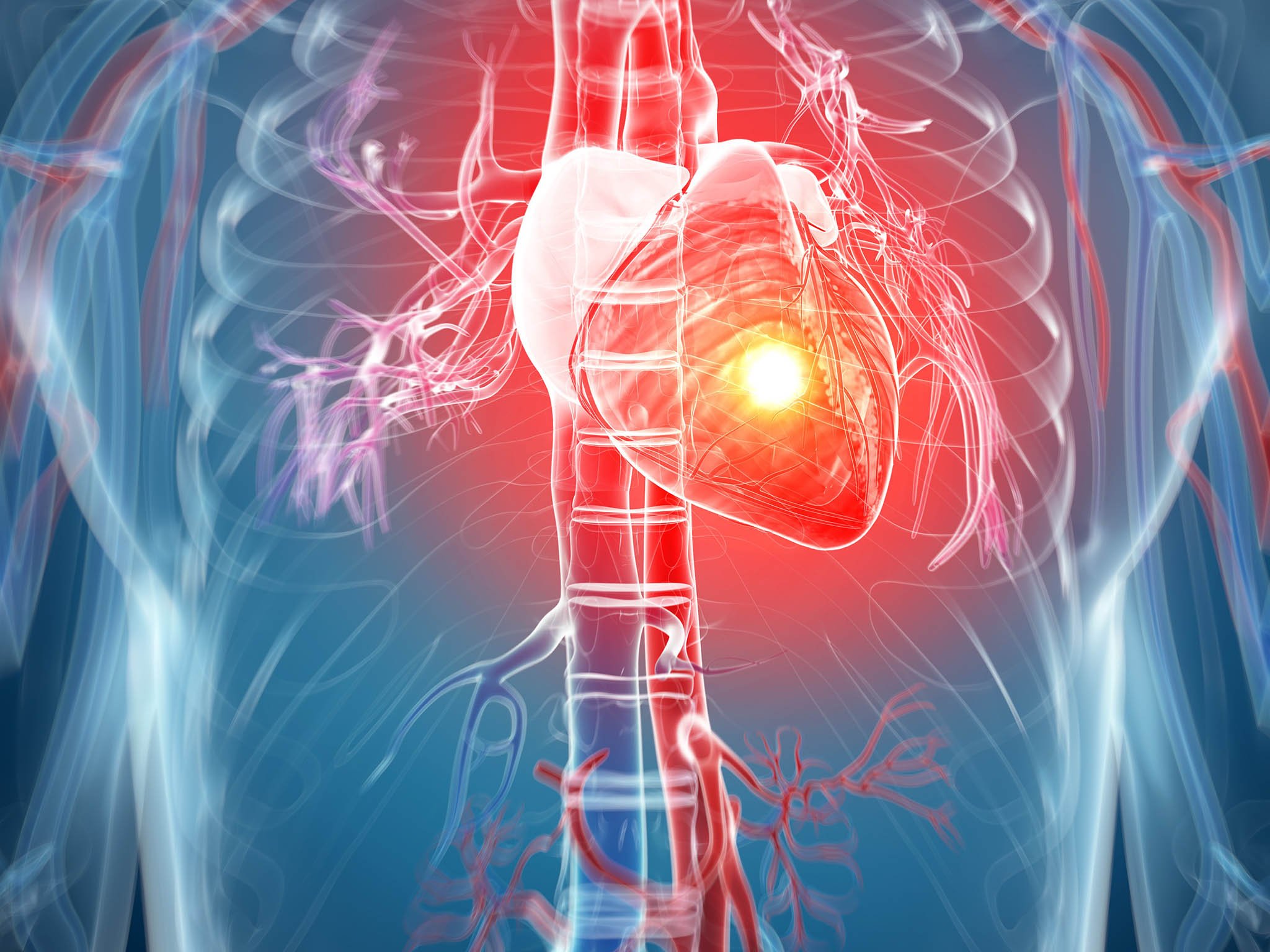Health Bulletin: Signs of a Heart Attack
Today's Health Bulletin: Signs of a Heart Attack
What are the signs and symptoms of a heart attack? Why should you even care? Well, by familiarizing yourself with the most common signs and symptoms you might just be in the position to help save someone's life by helping them get immediate and necessary medical attention!
Signs of Heart Attack
Here are the most common signs of a heart attack as described by the American Heart Association.
Chest discomfort. Most heart attacks involve discomfort in the center of the chest that lasts more than a few minutes, or that goes away and comes back. It can feel like uncomfortable pressure, squeezing, fullness or pain.
Discomfort in other areas of the upper body. Symptoms can include pain or discomfort in one or both arms, the back, neck, jaw or stomach.
Shortness of breath with or without chest discomfort.
Other signs may include breaking out in a cold sweat, nausea or lightheadedness.
You can read more about them here.
Are heart attacks the same for men and women?
The short answer here is no. Women often experience different signs and symptoms of a heart attack. Let's look at these signs and symptoms that are slightly different but can still indicate a myocardial infarction.
Signs of a heart attack in women:
Uncomfortable pressure, squeezing, fullness or pain in the center of your chest. It lasts more than a few minutes, or goes away and comes back.
Pain or discomfort in one or both arms, the back, neck, jaw or stomach.
Shortness of breath with or without chest discomfort.
Other signs such as breaking out in a cold sweat, nausea or lightheadedness.
As with men, women’s most common heart attack symptom is chest pain or discomfort. But women are somewhat more likely than men to experience some of the other common symptoms, particularly shortness of breath, nausea/vomiting and back or jaw pain.
Yours in health,
Dr. William



